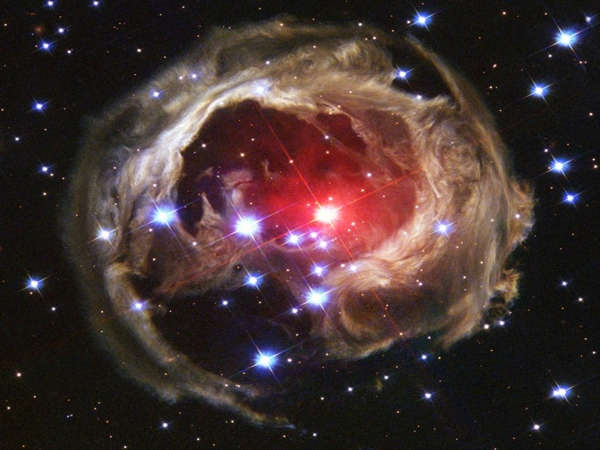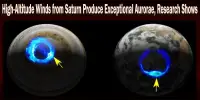Luminous red novae give rise to a new type of variable star, which explodes into cool supergiants. LRN is a space explosion. It is most likely caused when two stars merge to form one. Their red color stands out. The light curve near the star remains infrared. Luminous red novae are not the same as regular novae. That is the result of explosions on the surfaces of white dwarf stars.
A luminous red nova is a stellar explosion thought to be the result of two stars merging. They have a distinct red color and a light curve that fades gradually with resurgent brightness in the infrared. Luminous red novae are distinct from standard novae, which are explosions on the surfaces of white dwarf stars.
History and discovery
The Messier 85 galaxy was the first to be discovered with a luminous red nova. It was discovered while researchers at the Rickett Observatory were looking for supernovas. It was investigated by astronomers from the University of California, Berkeley, and Caltech. They discovered that it was distinct from other novae and thermal pulses. Following that, they declared that luminous red novae are a new type of star explosion.
The luminosity of the explosion in luminous red novae is somewhere between that of a supernova (which is brighter) and that of a nova (dimmer). The visible light lasts for weeks or months and is distinctively red in color, gradually becoming dimmer and redder. As visible light dims, infrared light increases in intensity and duration, typically dimming and brightening several times.

Following the discovery, more luminous red novae were discovered. In 2008, scientists discovered V1309 Scorpii. The star system was a binary contact system. It was studied for six years before it merged and exploded. Two distinct luminous red novae were discovered in 2015. The first was in the Andromeda galaxy, while the second was in the Pinwheel galaxy.
Astronomers believe that KIC 9832227 will merge and become a new luminous red nova in 2022. This star system is located 1800 light-years from the Sun. Calvin College researchers discovered that the star system’s orbital period was slowing and that the stars were getting closer to each other.
Infrared observations of M85 OT2006-1 revealed that its temperature is slightly less than 1000 K, which is quite low. It is unclear whether this property is shared by other luminous red novae.
Discovery
Over the last 30 years or so, a small number of objects with the characteristics of luminous red novae have been observed. M31 RV, a red star in the Andromeda Galaxy, flared brightly in 1988 and could have been a luminous red nova. V4332 Sagittarii, a star in the Milky Way galaxy, flared similarly in 1994, and V838 Monocerotis followed suit in 2002 and was closely studied.
The object M85 OT2006-1 in the galaxy Messier 85 was the first confirmed luminous red nova. It was discovered during the Lick Observatory Supernova Search and later studied by a team of astronomers from U.C. Berkeley and Caltech. They established its distinction from known explosions such as novae and thermal pulses and named luminous red novae a new class of stellar explosion.
V1309 Scorpii is a bright red nova formed by the merger of two contact binary stars in 2008. A luminous red nova was discovered in the Andromeda Galaxy in January 2015. M101 OT2015-1, a luminous red nova discovered in the Pinwheel Galaxy on February 10, 2015, was discovered.
Information Source:
















